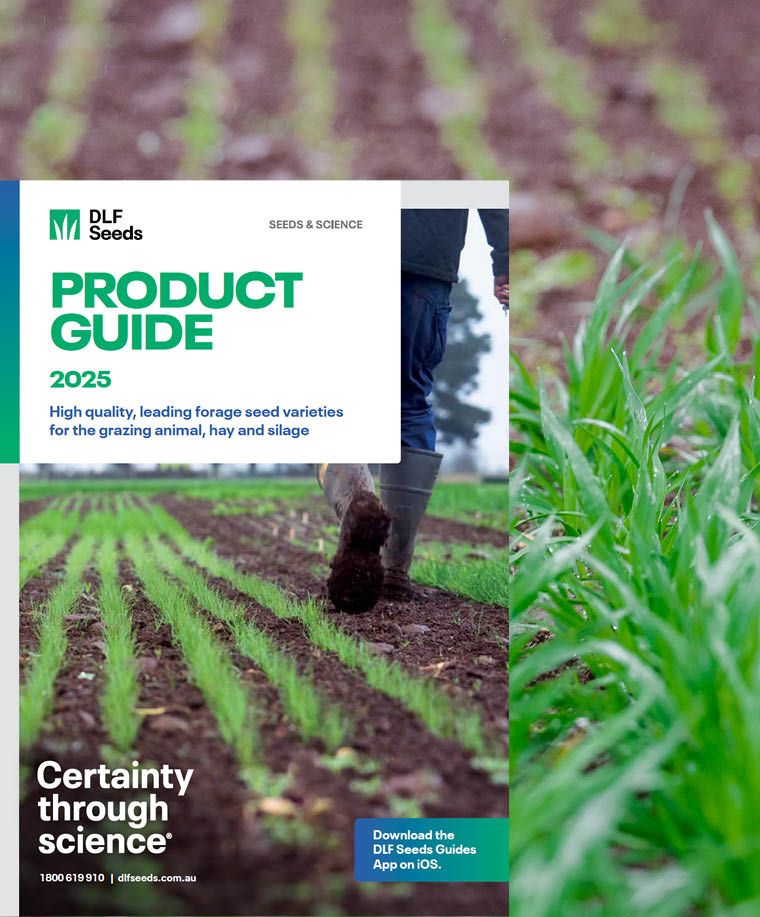Get in Touch
Contact Us
National team

Find Your Local Sales Agronomist
The brassica to choose when fast, high quality spring/summer/autumn feed is needed for your stock. Pasja II combines early maturity with yield and the option for multiple grazings, providing high amounts of quality fast feed you can rely on. Sow as a sole pasture, as a multi species mix or mixed with Italian or annual ryegrass.
Pasture seed sowing rate (sole): 4-5kg/ha
Pasture seed sowing rate (mixed): 1-2kg/ha
Feeding a good quality fibre source to all ruminants aids digestion when utilising high quality feed such as forage brassicas. The purpose of the fibre is to encourage the animal to chew. The chewing encourages salivation, a rich source of sodium bicarbonate, which acts as a buffer to help balance the acids produced during fermentation in the gut.
Fibre also helps with firming up liquid dung that is often seen when animals are grazing high quality feed. All of these factors combined, aids with improving the overall productivity of the grazing animal to get the most out of forage brassicas.
Minimum 600mm rainfall per annum unless irrigated
